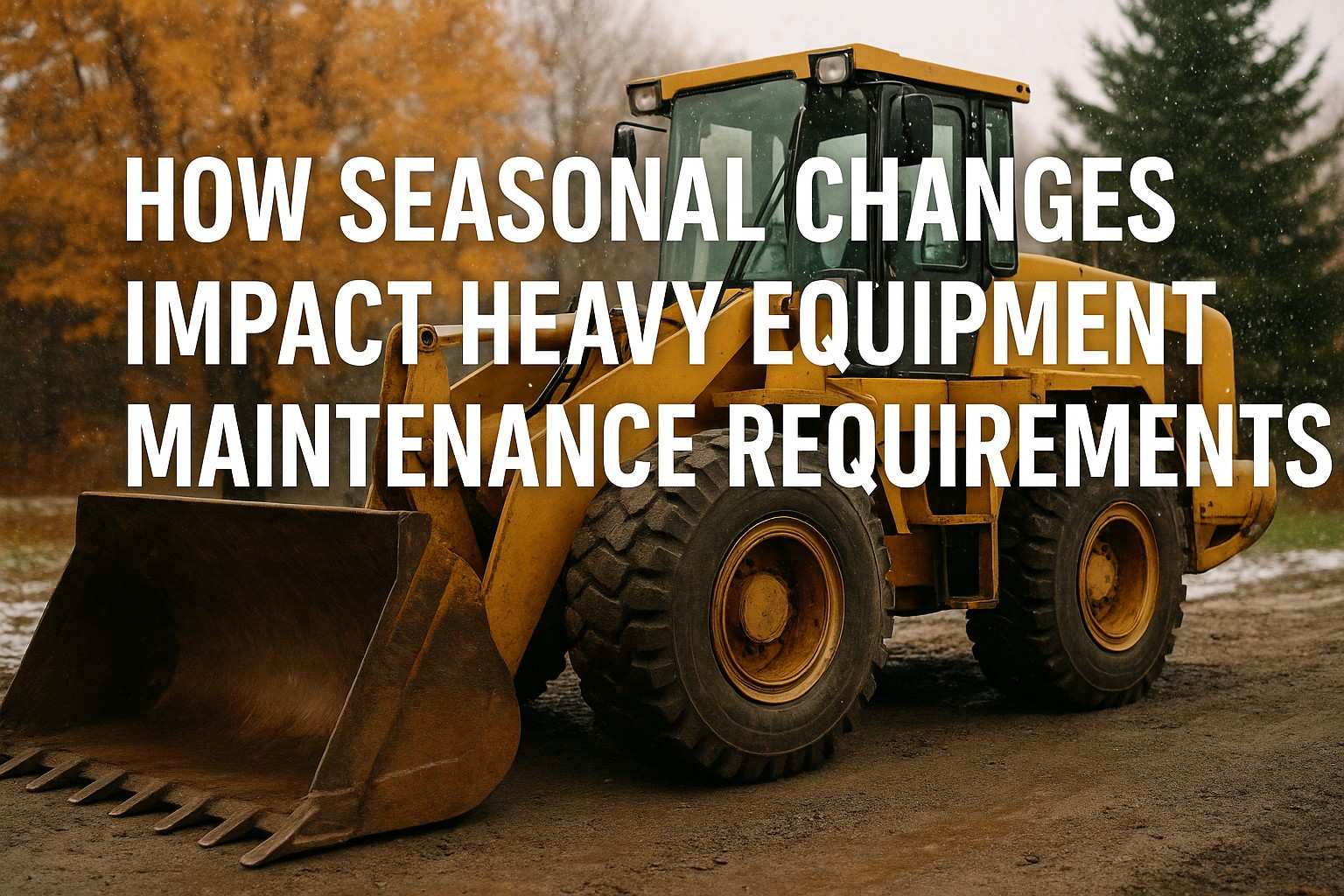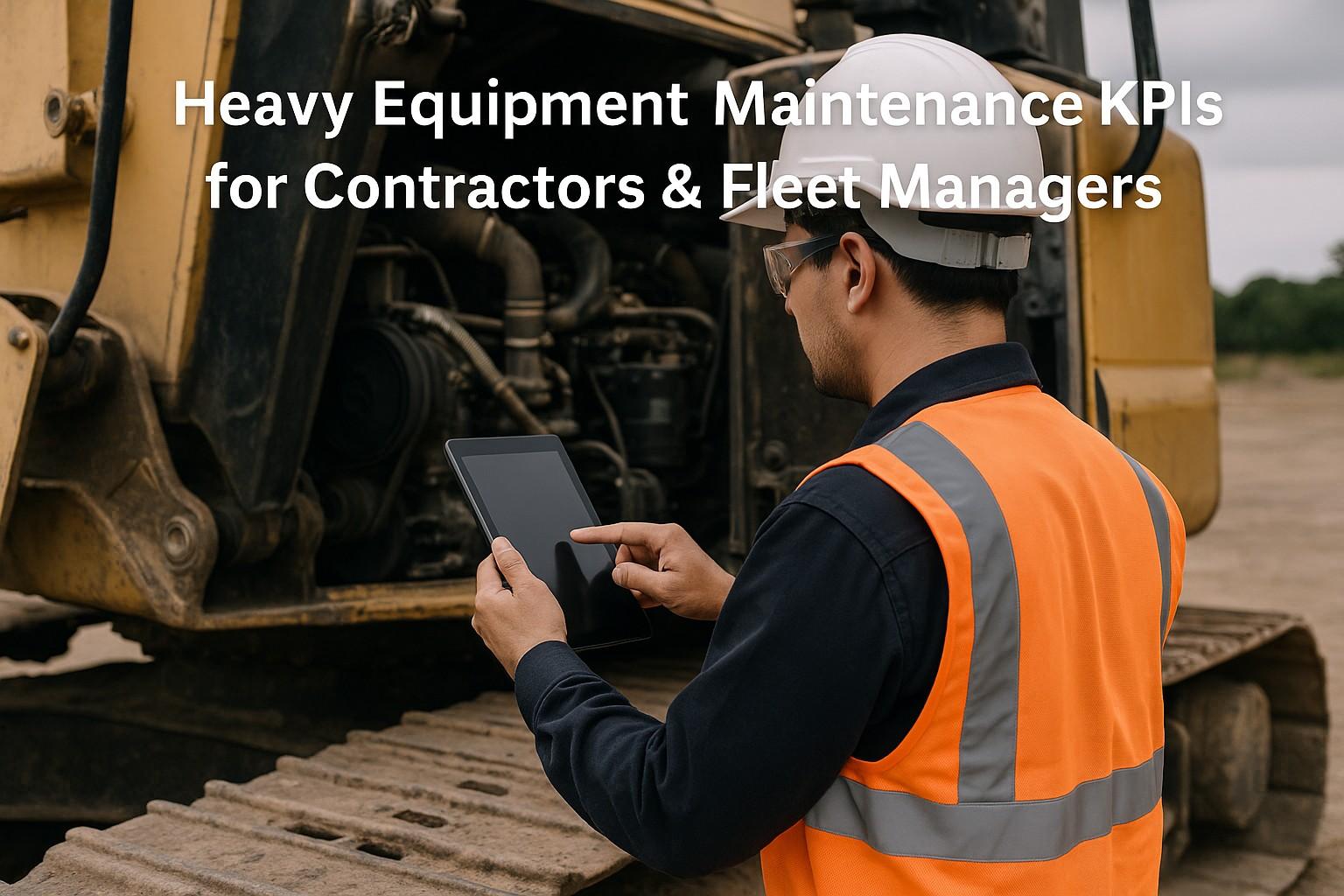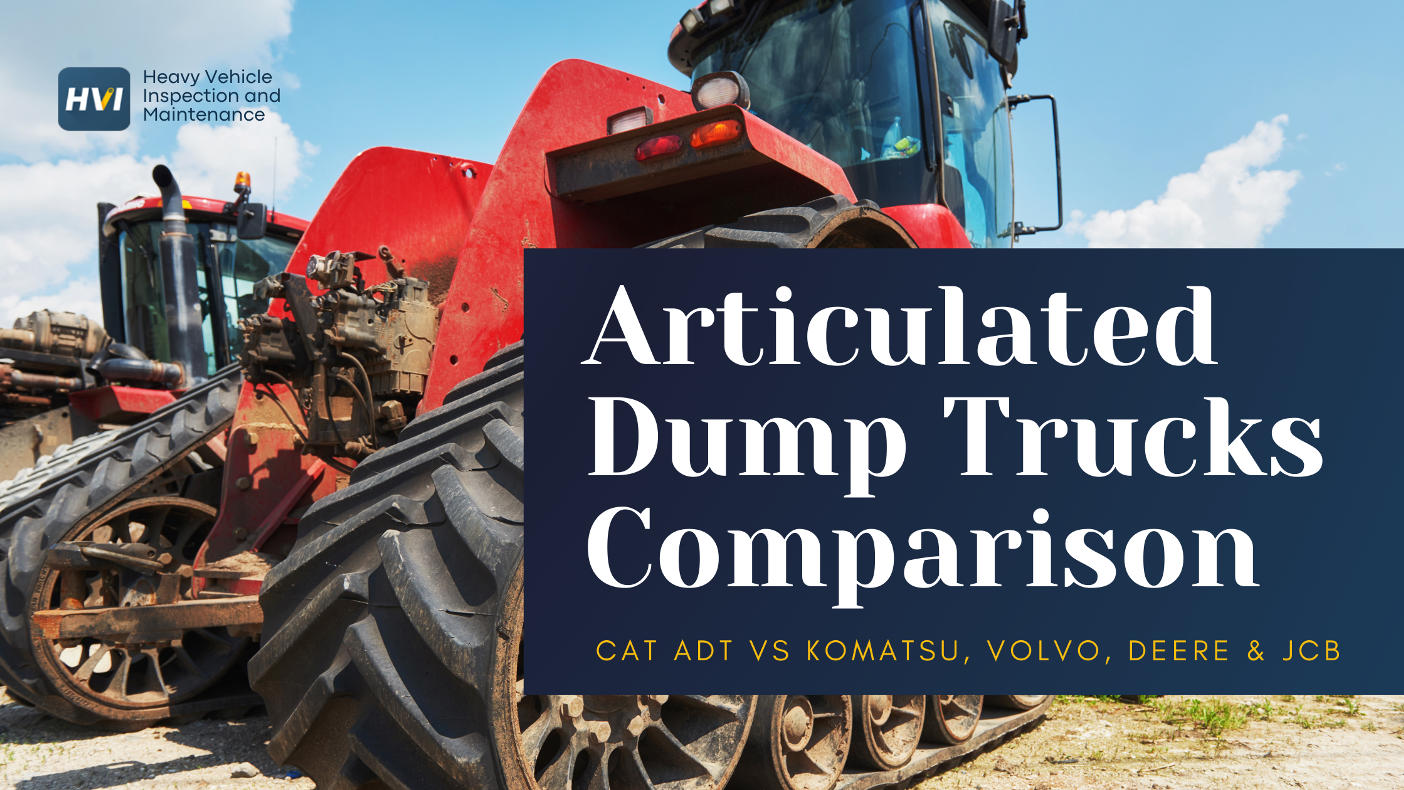In today's competitive business landscape, increasing fleet profitability is a top priority for companies operating mixed fleets of vehicles, equipment, and machinery. Maximizing profit margins while keeping assets in optimal condition requires a delicate balance of proactive maintenance, efficient fuel management, and stringent safety compliance. In this article, we'll explore proven strategies and cutting-edge tools for optimizing mixed fleet operations, focusing on the transformative power of technology-driven business processes and the HVI app.
The Foundation of Fleet Profitability
At the core of fleet profitability lies a well-disciplined process of timely inspections, preventive maintenance, and fuel management. By proactively addressing potential issues and optimizing resource utilization, companies can minimize downtime, extend asset lifespan, and reduce operating costs. Here's a closer look at each of these critical elements:
1. Timely Inspections
Regular inspections are the first line of defense against unexpected breakdowns and costly repairs. By identifying and addressing potential issues early, companies can avoid the high costs associated with reactive maintenance and unplanned downtime. According to a study by the American Trucking Association, implementing a comprehensive inspection program can reduce maintenance costs by up to 15%.
2. Preventive Maintenance
Preventive maintenance (PM) is another essential component of fleet profitability. By performing scheduled maintenance tasks at regular intervals based on usage and condition data, companies can keep their assets running at peak performance and minimize the risk of failures. Studies have shown that a well-executed PM program can increase fleet availability by up to 20% and reduce overall maintenance costs by up to 30%.
3. Fuel Management
Fuel is one of the largest operating expenses for mixed fleets, accounting for up to 40% of total costs in some industries. Effective fuel management strategies, such as route optimization, driver training, and idle reduction, can significantly impact fleet profitability. For example, a mere 1% reduction in fuel consumption can translate to thousands of dollars in annual savings for a medium-sized fleet.
The Power of Technology-Driven Business Processes
While the importance of inspections, maintenance, and fuel management is clear, executing these strategies consistently across a mixed fleet can be challenging. This is where technology-driven business processes and mobile apps like HVI come into play. By connecting all stakeholders – operators, drivers, mechanics, maintenance managers, fleet managers, safety supervisors, and business owners – through a centralized digital platform, companies can streamline communication, automate workflows, and gain real-time visibility into fleet performance.
Here are a few key benefits of leveraging technology in mixed fleet operations:
1. Instant Information Delivery
With mobile apps, critical information can be instantly shared across the organization. For example, when an operator identifies an issue during a pre-trip inspection, they can immediately create a work order in the app, which notifies the maintenance team in real-time. This streamlined communication helps minimize downtime and ensures that issues are addressed promptly.
2. Automated Workflows and Approvals
Technology-driven business processes can also automate workflows and approvals, reducing manual effort and ensuring consistency. For instance, when a mechanic completes a repair, they can document the work in the app, which automatically triggers an approval request to the maintenance manager. Once approved, the app updates the asset's maintenance history and notifies relevant stakeholders, all without manual intervention.
3. Real-Time Visibility and Analytics
Mobile apps and fleet management software provide real-time visibility into fleet performance, enabling data-driven decision-making. Managers can access dashboards that display key metrics, such as fleet availability, maintenance costs, and fuel consumption, allowing them to identify trends and opportunities for improvement. Advanced analytics tools can even predict future maintenance needs and optimize resource allocation.
4. Compliance and Safety Management
Ensuring compliance with safety regulations and maintaining a strong safety culture are critical for fleet profitability. Technology can help automate compliance processes, such as driver hours of service tracking, vehicle inspections, and license and certification management. Mobile apps can also facilitate safety reporting, enabling employees to easily document near misses, hazards, and incidents in real-time.
The HVI App: A Comprehensive Solution for Mixed Fleet Operations
One technology solution that has proven particularly effective for mixed fleet operations is the HVI app. HVI is a comprehensive fleet management platform that integrates maintenance management, fuel management, safety compliance, and more into a single, user-friendly mobile app and web portal.
Here are a few key features of the HVI app that can help increase fleet profitability:
1. Customizable Maintenance Plans
HVI enables companies to create customized maintenance plans for each asset type, based on manufacturer recommendations, usage patterns, and operating conditions. The app automatically generates PM work orders based on these plans, ensuring that maintenance is performed consistently and efficiently across the fleet.
2. Fuel Management and Reporting
HVI streamlines fuel management by integrating with fuel cards and telematics systems to automatically capture fuel transactions and vehicle mileage. The app provides detailed fuel consumption reports, enabling managers to identify opportunities for improvement and optimize fuel efficiency.
3. Safety and Compliance Tools
HVI offers a range of tools to help companies manage safety and compliance, including customizable inspection forms, driver behavior monitoring, and incident reporting. The app also provides real-time alerts for compliance violations, such as expired certifications or overdue inspections, helping managers stay on top of regulatory requirements.
4. Mobile Accessibility and Offline Functionality
HVI is designed for mobile use, with native iOS and Android apps that work seamlessly on smartphones and tablets. The app also offers offline functionality, allowing employees to continue working even in remote areas with limited connectivity. Data is automatically synced when a connection is restored, ensuring that information is always up to date.
Real-World Results and ROI
The impact of implementing a technology solution like HVI can be significant. For example, one mining company operating a mixed fleet of haul trucks, excavators, and support vehicles reduced its maintenance costs by 22% and increased fleet availability by 15% after deploying HVI. By streamlining maintenance workflows, improving communication, and leveraging real-time data insights, the company was able to optimize its maintenance program and maximize asset utilization.
Another transportation company, operating a mixed fleet of trucks, trailers, and material handling equipment, saw a 20% reduction in fuel costs and a 12% increase in fleet efficiency after implementing HVI. By using the app's fuel management and reporting tools, the company was able to identify and address inefficiencies in its fuel consumption, resulting in significant cost savings and improved profitability.
Conclusion
Increasing fleet profitability in mixed fleet operations requires a multi-faceted approach that encompasses proactive maintenance, efficient fuel management, and robust safety compliance. By leveraging technology-driven business processes and mobile apps like HVI, companies can streamline operations, improve communication, and gain real-time visibility into fleet performance.
The HVI app offers a comprehensive solution for mixed fleet operations, with features designed to optimize maintenance, fuel management, safety compliance, and more. By implementing HVI, companies can unlock significant cost savings, increase asset utilization, and drive continuous improvement in their fleet operations.
If you're ready to take your mixed fleet operations to the next level and maximize profitability, consider exploring the HVI app. With its proven track record of delivering results and ROI, HVI can help you transform your fleet operations and achieve your business goals. Visit HVI.app to learn more and schedule a demo today.
FAQs
1. What are the key elements of fleet profitability in mixed fleet operations?
The key elements of fleet profitability in mixed fleet operations include proactive maintenance, efficient fuel management, and stringent safety compliance.
2. How can technology-driven business processes help increase fleet profitability?
Technology-driven business processes, such as mobile apps and fleet management software, can streamline communication, automate workflows, provide real-time visibility into fleet performance, and facilitate compliance and safety management.
3. What is the HVI app, and how can it benefit mixed fleet operations?
The HVI app is a comprehensive fleet management platform that integrates maintenance management, fuel management, safety compliance, and more into a single, user-friendly mobile app and web portal. It can help companies optimize their fleet operations, reduce costs, and increase profitability.
4. What are some of the key features of the HVI app?
Some of the key features of the HVI app include customizable maintenance plans, fuel management and reporting, safety and compliance tools, and mobile accessibility with offline functionality.
5. What kind of results have companies seen after implementing the HVI app?
Companies have reported significant improvements in fleet profitability after implementing the HVI app, including reductions in maintenance costs, increases in fleet availability and efficiency, and reductions in fuel costs.




